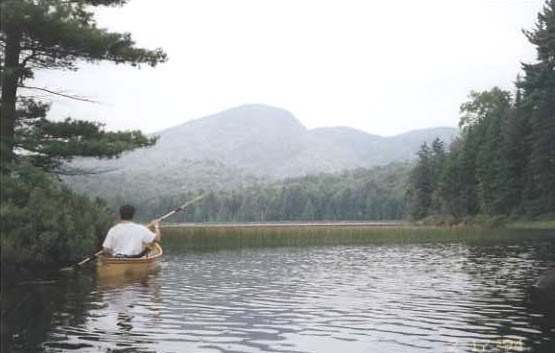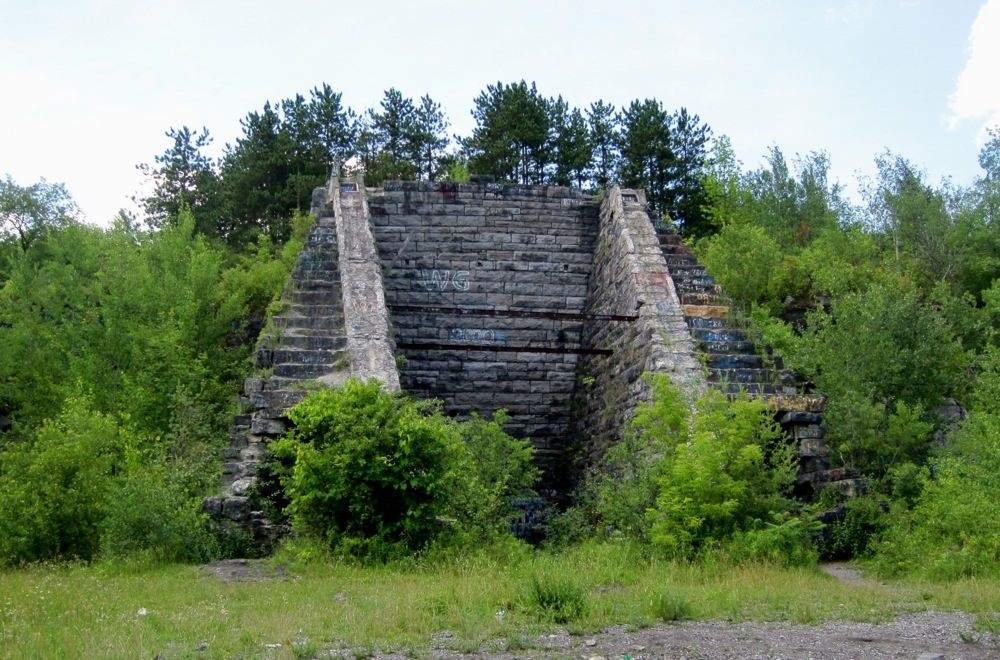 Following seven years in Albuquerque and Chicago, I returned to New York City in early 1997. After making do with the Windy City region’s tolerable, but mostly unexceptional mountain bike offerings, I was happy to be back in the northeast. Unfortunately, I was clueless about where I could find decent trails close to the city.
Following seven years in Albuquerque and Chicago, I returned to New York City in early 1997. After making do with the Windy City region’s tolerable, but mostly unexceptional mountain bike offerings, I was happy to be back in the northeast. Unfortunately, I was clueless about where I could find decent trails close to the city.
I went to Barnes and Noble and bought a book that had been published earlier that year: Mountain Biking New York. The author, Michael Margulis, listed 93 rides throughout the eastern third of New York State stretching from the Atlantic Ocean up through the Adirondacks. Since I was living in Brooklyn, I focused on the rides in Long Island, Westchester, and northern New Jersey, along with a few trips to the Shawangunks, Catskills, and Adirondacks.





